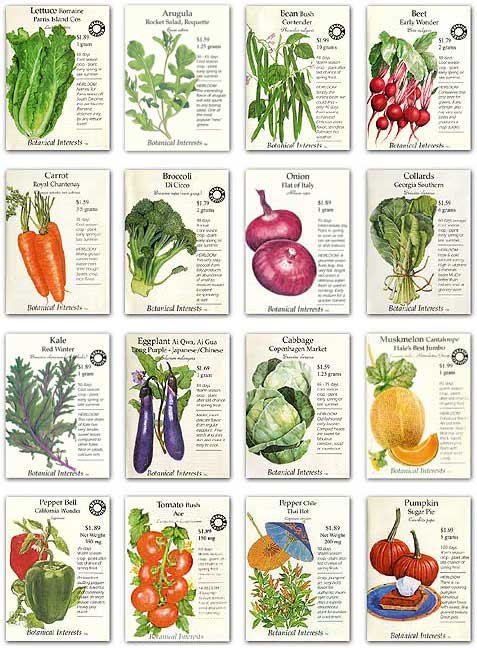 As gardeners get giddy ordering seeds and thinking about planting, it can be fun to go back to the beginning and see if you know- what are seeds, really?
As gardeners get giddy ordering seeds and thinking about planting, it can be fun to go back to the beginning and see if you know- what are seeds, really?
The Occidental Arts and Ecology Centre made a seed saving handbook for school gardens that describes a seed as “a plant in a box with its lunch”.
Here’s what they mean:
Box: Usually a seed has some sort of covering (seed coat) on the outside that protects the seed until it’s ready to start growing (germinate).
Plant: Inside the seed there will be an embryo. The embryo is a living, undeveloped plant waiting to grow and it includes all the parts of what will become a full plant, like the building blocks for leaves, stem, and roots.
Lunch: Most seeds also have some form of nutrients inside them that will feed the embryo until it germinates and is able to start gathering outside food through its roots.
Seeds can be as tiny as grains of dust or as big as 60lbs and they come in so many different forms. That’s why you will find that different techniques are needed to plant and save the seeds from different types of plants.
In order for a seed to start growing (germinate), the embryo inside of it needs to be alive (viable). Factors like moisture, temperature, rate of development, damage, etc. will affect whether a seed lives or dies, which is why not all seeds will germinate. However, a seed can be dormant and wait sometimes years and years until the perfect conditions are there for it to start growing. Each type of seed has its own timeline for how long it can remain viable and its own conditions for what it needs to germinate.
For more learning about seeds, check out the resources below. This post is an excerpt from the Root Cellars Rock Seed Saving Food Skills Workshop that can be downloaded for free and used in your community.
- Wikipedia's Seed article- seems like an obvious place to start and it has so much cool information.
- Take USC Canada's Name that Seed Quiz to find out about the diverse seeds that feed our world- very fun! This would be a great resource to use in classrooms too.
- Seeds of Diversity is a living gene bank of Canadian heirloom seeds and their website is packed with interesting resources- including tips on how to host a seed event and an inventory of seed retailers across the country.
- Watch this eHow Garden video on how to do a germination test to figure out whether your seeds are likely to grow in the garden this year.
- Watch Episode 224 of Growing a Greener World to learn about saving heirloom seed varieties and give seed saving a try in the fall.




